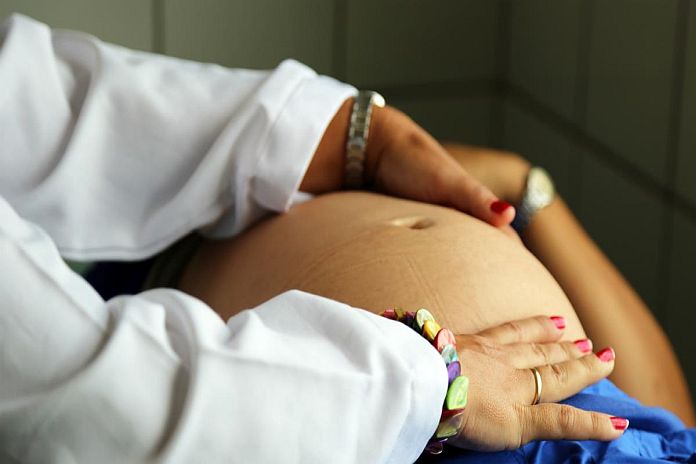GENEVA, Switzerland — According to new research from the World Health Organization (WHO), caesarean section use continues to rise globally, now accounting for more than 1 in 5 (21%) of all childbirths. This number is set to continue increasing over the coming decade, with nearly a third (29%) of all births likely to take place by caesarean section by 2030, the research finds.
While a caesarean section can be an essential and lifesaving surgery, it can put women and babies at unnecessary risk of short- and long-term health problems if performed when there is not medical need.
“Caesarean sections are absolutely critical to save lives in situations where vaginal deliveries would pose risks, so all health systems must ensure timely access for all women when needed,” said Dr Ian Askew, director of WHO’s department of sexual and reproductive Health and Research and the UN joint programme, HRP. “But not all the caesarean sections carried out at the moment are needed for medical reasons. Unnecessary surgical procedures can be harmful, both for a woman and her baby.”
Caesarean sections can be essential in situations such as prolonged or obstructed labour, fetal distress, or because the baby is presenting in an abnormal position. However, as with all surgeries, they can have risks. These include the potential for heavy bleeding or infection, slower recovery times after childbirth, delays in establishing breastfeeding and skin-to-skin contact, and increased likelihood of complications in future pregnancies.
Caesarean section rates rising globally, though unequally, with increases projected to continue
There are significant discrepancies in a woman’s access to caesarean sections, depending on where in the world she lives. In the least developed countries, about 8 percent of women gave birth by caesarean section with only 5 percent in sub-Saharan Africa, indicating a concerning lack of access to this lifesaving surgery.
Conversely, in Latin America and the Caribbean, rates are as high as 4 in 10 (43%) of all births. In five countries (Dominican Republic, Brazil, Cyprus, Egypt and Turkey), caesarean sections now outnumber vaginal deliveries.
Worldwide caesarean section rates have risen from around 7 percent in 1990 to 21 percent today, and are projected to continue increasing over this current decade. If this trend continues, by 2030 the highest rates are likely to be in Eastern Asia (63%), Latin America and the Caribbean (54%), Western Asia (50%), Northern Africa (48%) Southern Europe (47%) and Australia and New Zealand (45%), the research suggests.
Quality, women-centred care needed to address high use of caesarean section
Causes of high caesarean section usage vary widely between and within countries. Drivers include health sector policies and financing, cultural norms, perceptions and practices, rates of preterm births, and quality of healthcare.
Rather than recommending specific target rates, WHO underscores the importance of focusing on each woman’s unique needs in pregnancy and childbirth.
“It’s important for all women to be able to talk to healthcare providers and be part of the decision making on their birth, receiving adequate information including the risks and benefits. Emotional support is a critical aspect of quality care throughout pregnancy and childbirth,” said Dr Ana Pilar Betran, medical officer at WHO and HRP.
WHO recommends some non-clinical actions that can reduce medically unnecessary use of caesarean sections, within the overall context of high quality and respectful care:
- Educational interventions that engage women actively in planning for their birth such as childbirth preparation workshops, relaxation programmes and psychosocial support where desired, for those with fear of pain or anxiety. Implementation of such initiatives should include ongoing monitoring and evaluation.
- Use of evidence-based clinical guidelines, performing regular audits of caesarean section practices in health facilities, and providing timely feedback to health professionals about the findings.
- Requirement for a second medical opinion for a caesarean section decision in settings where this is possible.
- For the sole purpose of reducing caesarean sections, some interventions have been piloted by some countries but require more rigorous research:
- A collaborative midwifery-obstetrician model of care, for which care is provided primarily by midwives, with 24-hour back-up from a dedicated obstetrician
- Financial strategies that equalize the fees charged for vaginal births and caesarean sections.





